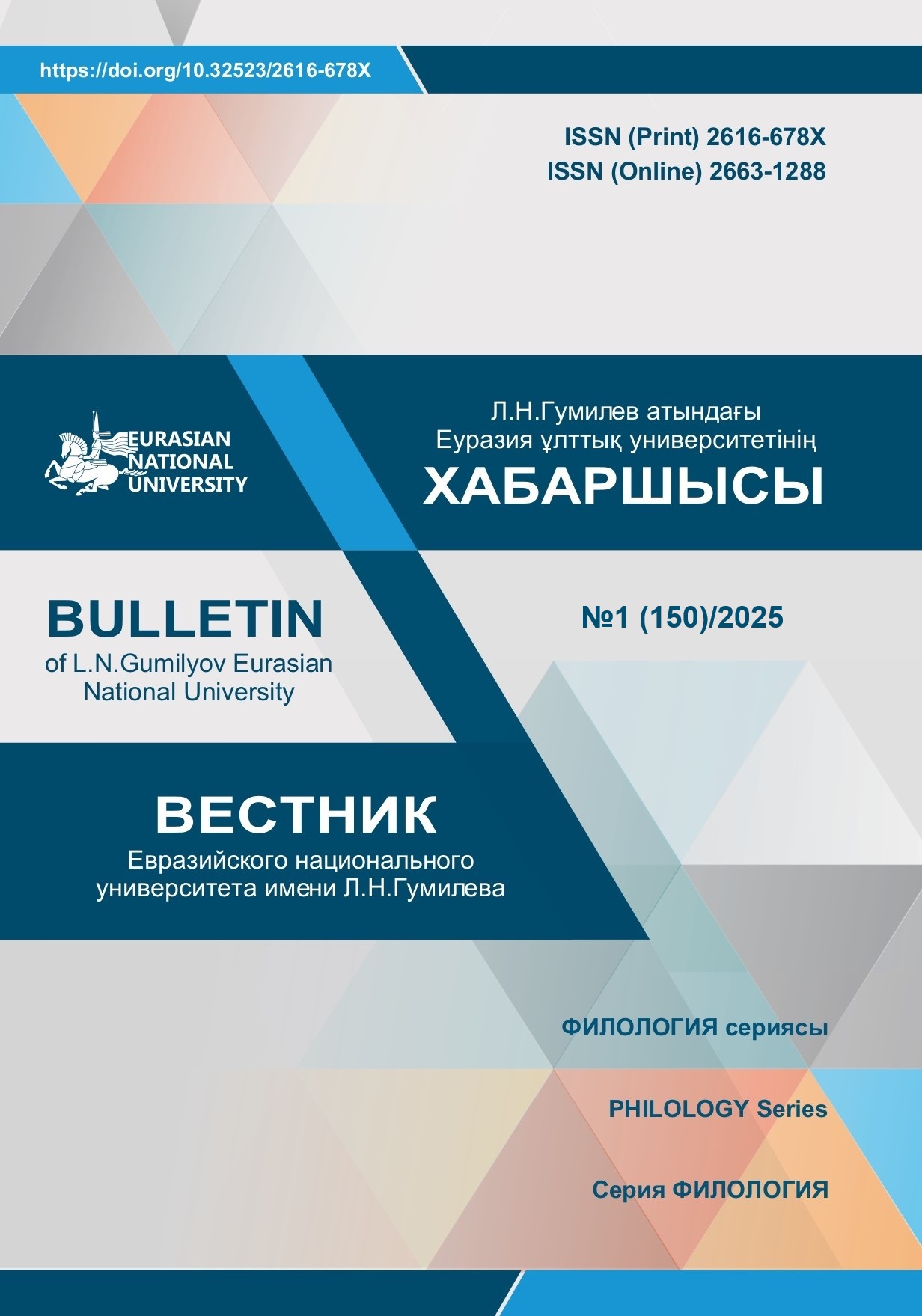Linguistic erosion: the risk of losing Kazakh and English toponyms under the influence of dominant languages and cultures
Views: 224 / PDF downloads: 115
DOI:
https://doi.org/10.32523/2616-678X-2025-150-1-95-111Keywords:
toponymy, linguistic erosion, dominant languages, Kazakh toponyms, English toponyms, cultural heritage, globalization.Abstract
This article examines the phenomenon of linguistic erosion as reflected in the replacement or distortion of Kazakh and English toponyms under the influence of dominant languages and cultures. The main objective is to identify the mechanisms behind the loss of traditional place names and propose strategies for their preservation. The author outlines the key theoretical foundations of linguistic erosion and emphasizes its practical significance for maintaining cultural diversity and historical continuity. The study’s originality lies in its comparative analysis of Kazakh and English toponymy, which have been mostly studied in separate contexts. The methodology combines historical-linguistic and sociolinguistic approaches, supplemented by archival research and case studies from specific regions. The main findings show that globalization, urbanization, and political factors accelerate the displacement of local toponyms, weakening intergenerational ties to their cultural heritage. The conclusion highlights the need for legislative protection, educational initiatives, and community involvement to safeguard toponymic heritage. The contribution of this article to the field is its systematic examination of linguistic erosion through a comparative lens, illustrating how similar processes affect different linguistic environments. In practical terms, the proposed measures can inform governmental and regional programs aimed at preserving linguistic heritage.







